Whoop: The Growth Path from Niche to $3.6B Valuation
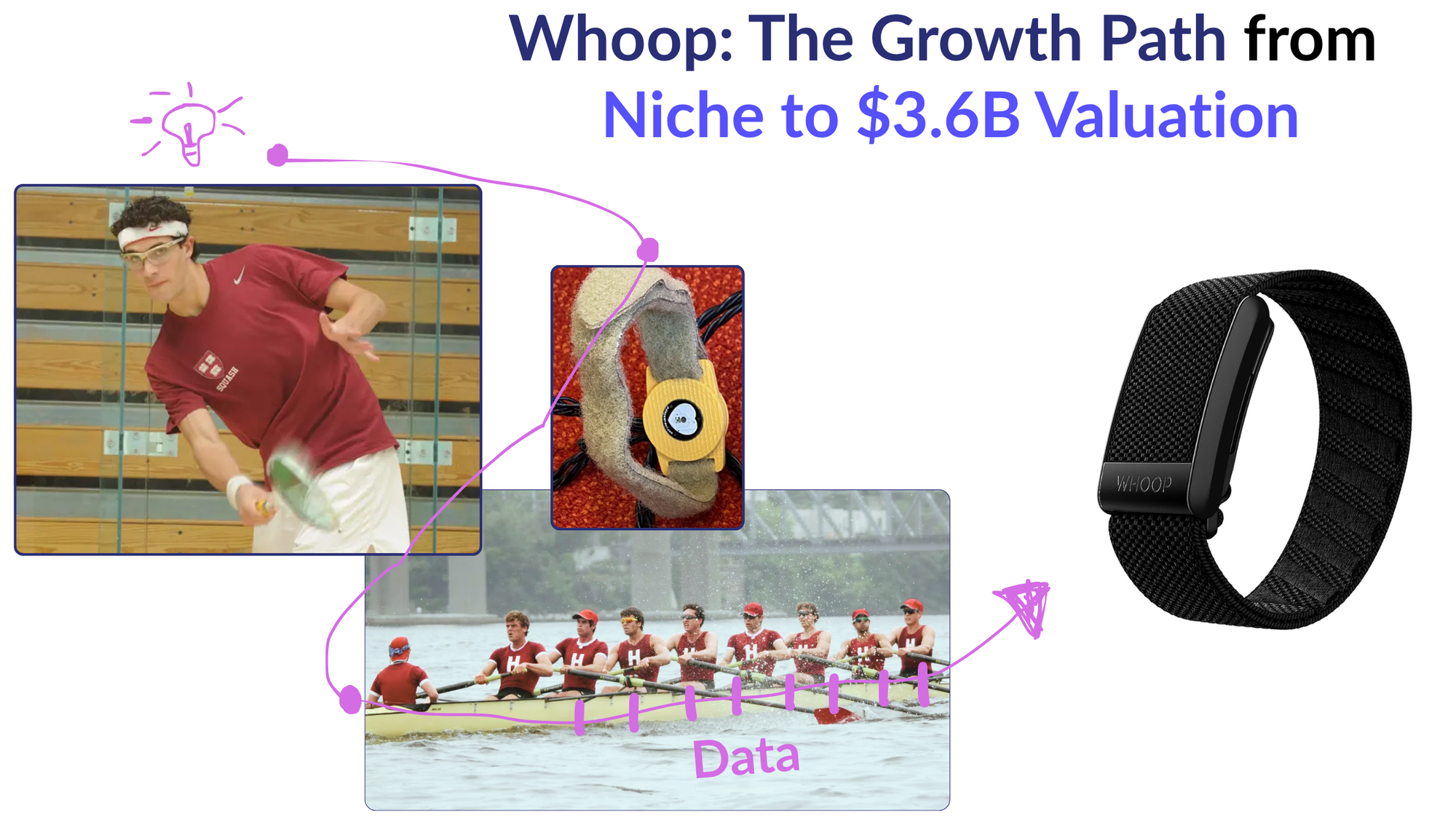
A Must-Have Wearable That Predicts Performance
It Started in 2012 With a Recovery-First Obsession.
Harvard squash captain Will Ahmed, wanting to improve his game, questioned why nobody was focused on recovery?
In the Harvard Innovation Lab, along with algorithm whiz John Capodilupo, and hardware hacker Aurelian Nicolae, they strapped primitive sensors on Harvard Varsity rowers and logged >10 terabytes of heart-rate-variability and sleep data.
Coaches were emailed nightly and they noticed rowers’ ergometer scores improved on “green-recovery” days.
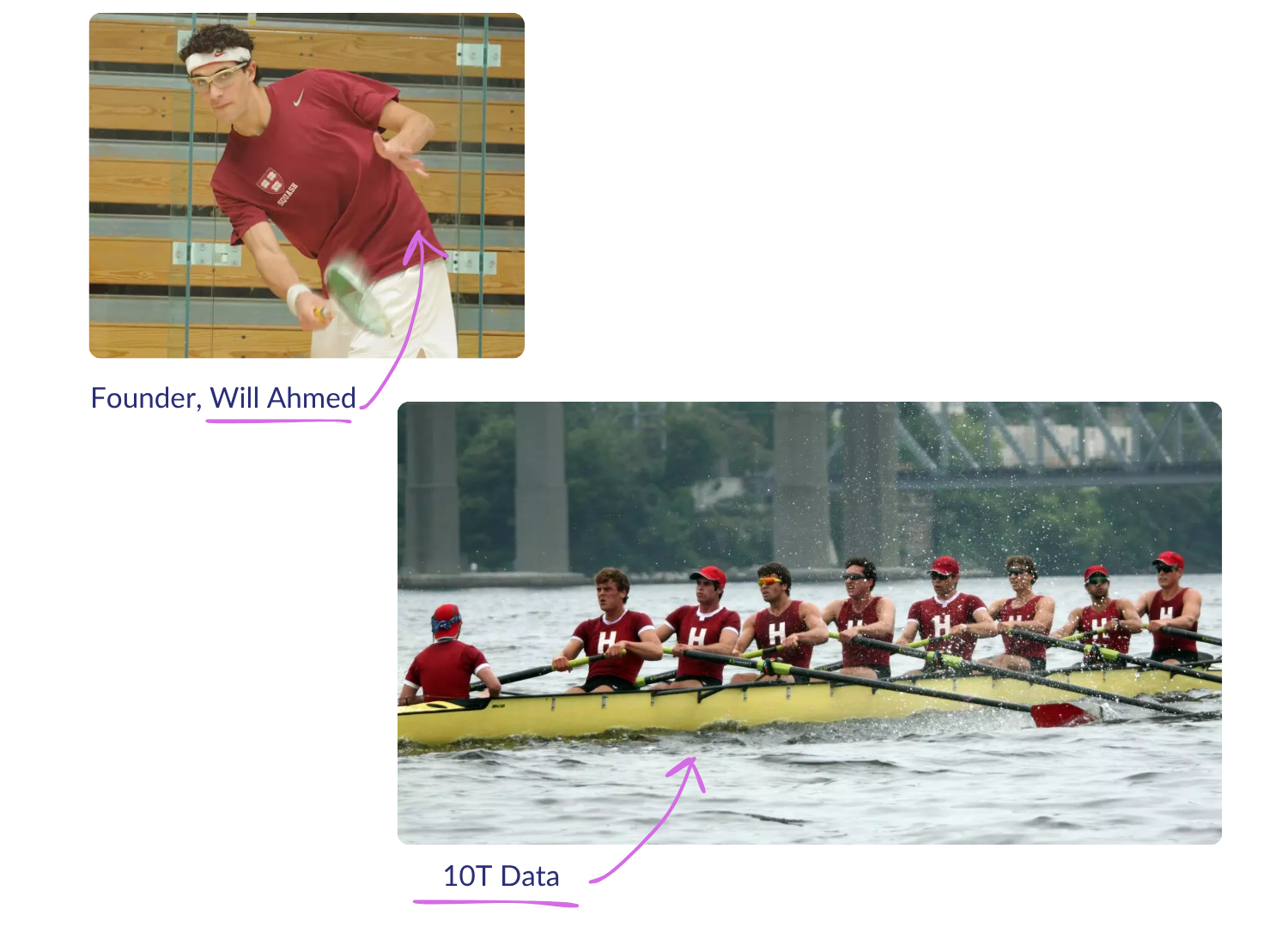
The aha: recovery score, not grit, predicts performance.
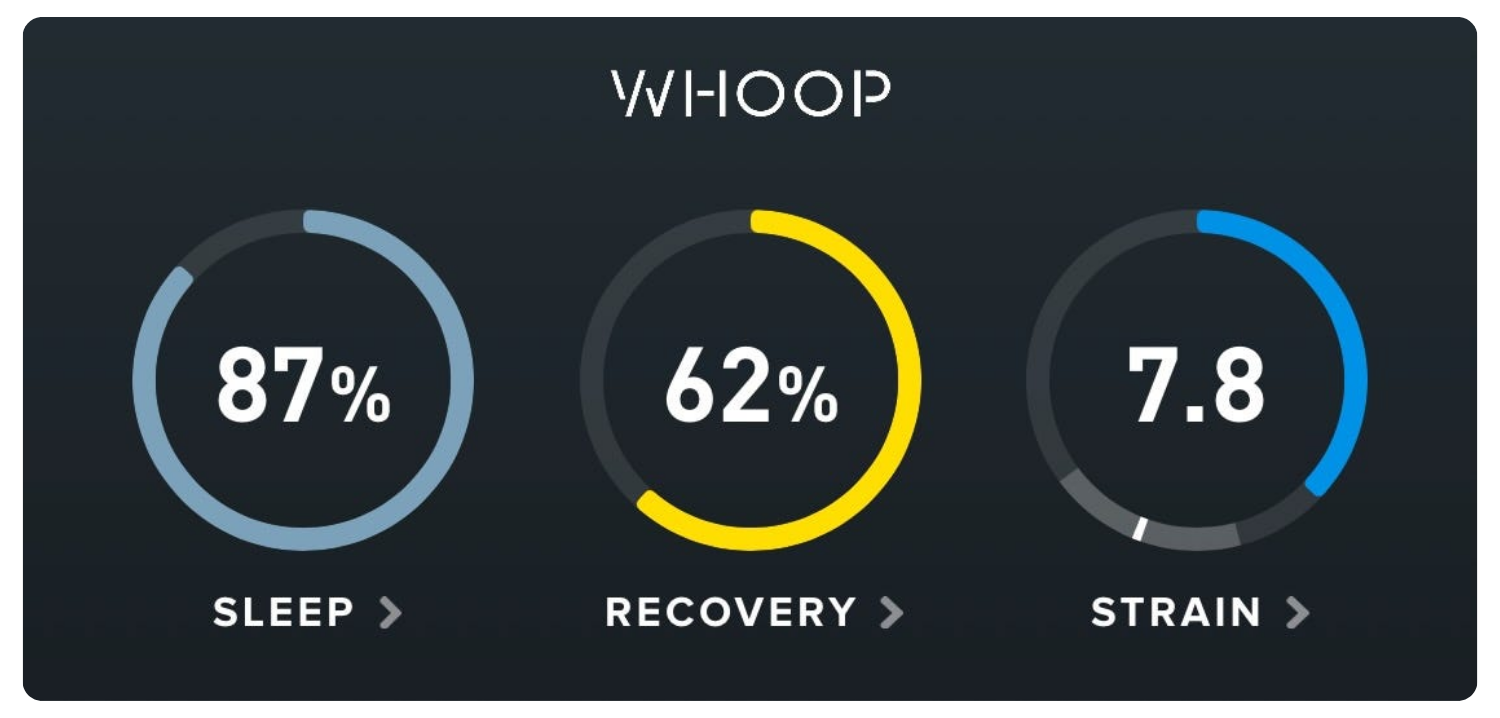
When rowers begged to keep the straps after the study, WHOOP knew it had a problem worth solving and got other coaches to adopt the beta.
Pilot teams shared their results with Whoop by emailing back spreadsheets showing their metrics.
Product-Market Fit, Measured in Fewer Injuries
Whoop invited early adopter coaches to monthly Zoom “data huddles” to swap injury-reduction stories. Daily recovery scores let coaches adjust workouts that day.
Teams logged:
- Fewer soft-tissue injuries
- Faster sprint times
- More sleep per athlete
Referrals spiked.
From Niche to Necessity
Anonymized results were presented at the National Strength and Conditioning Association (NSCA) & Consumer Electronics Show (CES), showing the correlation of the data "sleep debt vs injury."
By end-2015 WHOOP boasted 50 NCAA programs, data from millions of athlete-nights, and the label “gold standard for recovery.”
NCAA Teams & Funding Rounds
| Round | Date | Amount | Why Investors Leaned In |
|---|---|---|---|
| Convertible Note | Jan 2013 | $0.75 M | Prototype + varsity proof |
| Seed | Jul 2013 | $3 M | Athlete buzz + inbound colleges |
| Series A | Jun 2014 | $6 M | 27 paid NCAA pilots feeding nightly data |
| Series B | Sep 2015 | $15 M | 50 NCAA teams (+85 % YoY) and injury-rate drops in coach spreadsheets |
Big Bet: 100 Elite Athletes
In 2016, WHOOP mailed beta straps to ≈100 elite athletes—think LeBron and Phelps and hoped the athletes would find value in them, only asking for feedback.

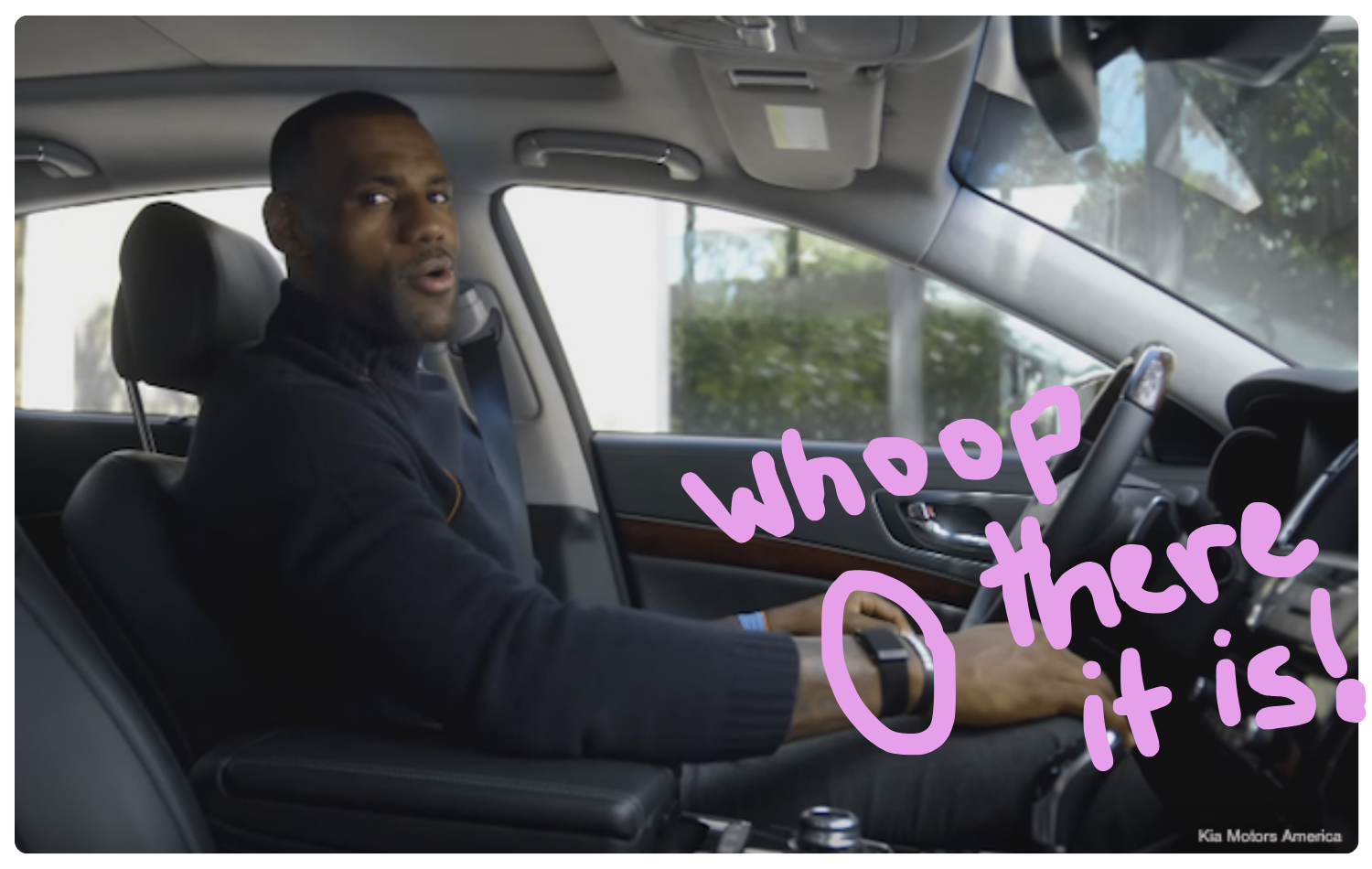
Price Issue
If LeBron loved it, they thought so would everyone else... They used “Get the same data as pro athletes.” as a value prop but couldn't get the growth flywheel going with the Whoop 2.0 price point of $500.
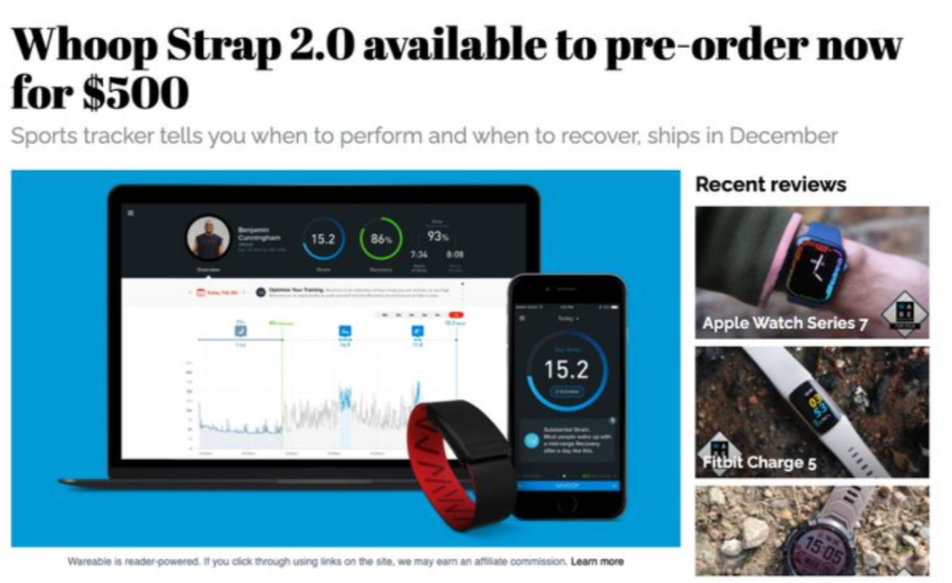
It wasn't until they changed the pricing model that consumer adoption took off. They modeled after Peloton's subscription model of get the Strap for free when you join Whoop's membership.
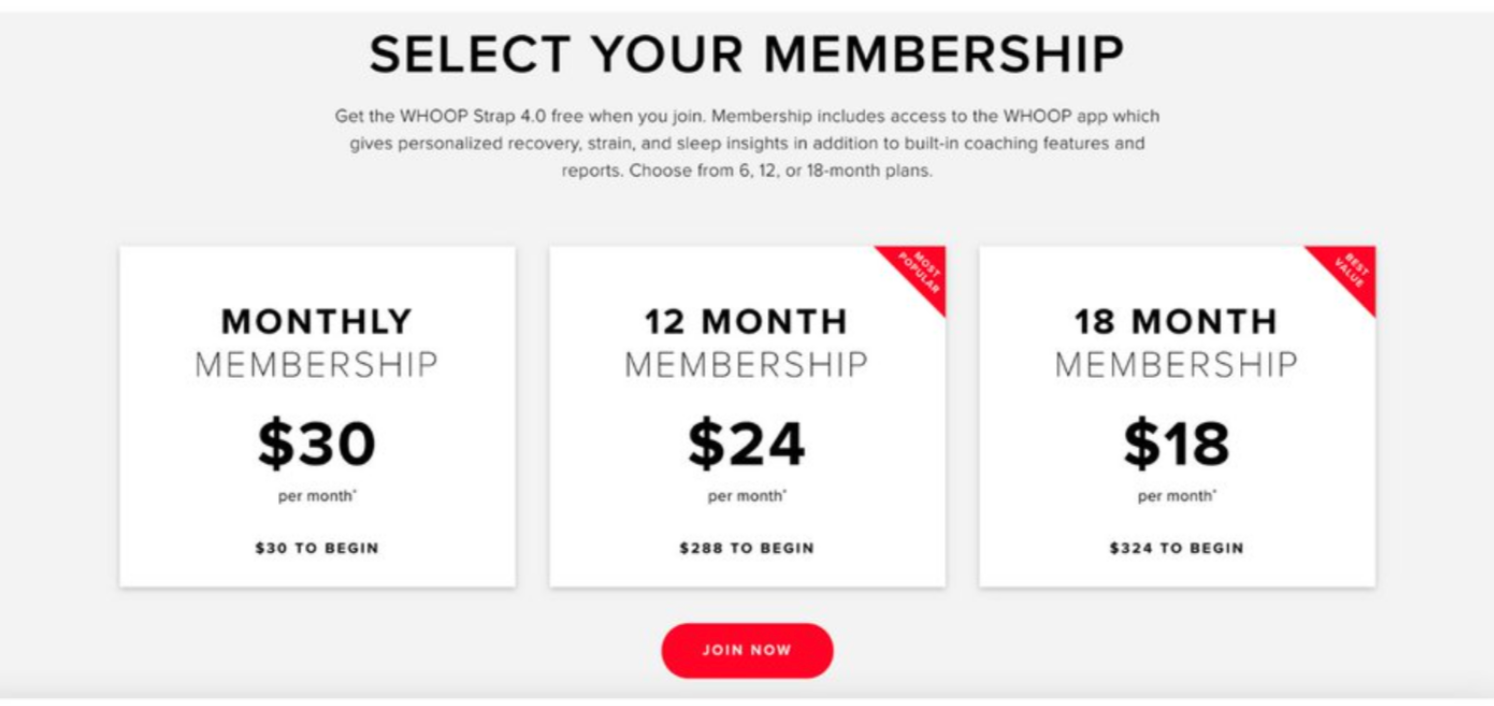
WHOOP never wrote a sponsorship check.
Pro athletes posted their own dashboards on social media.
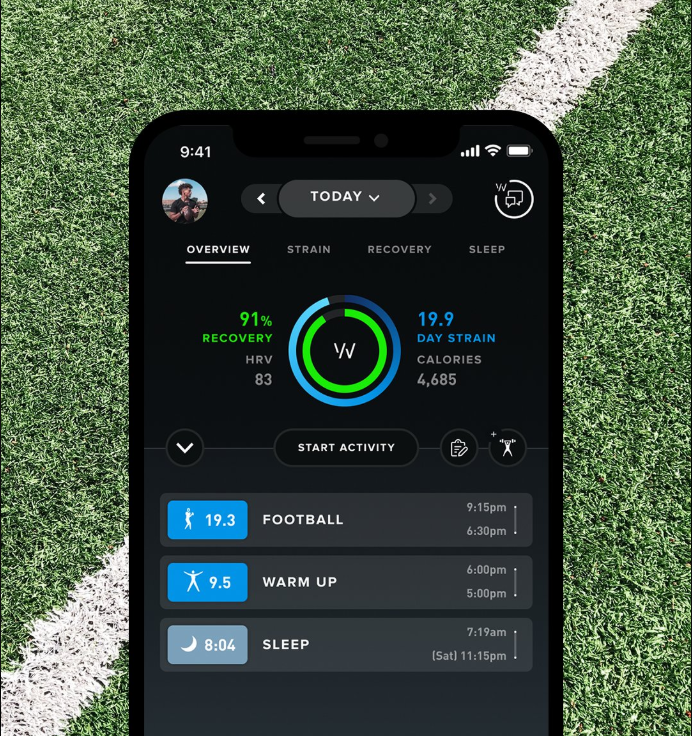
These unfiltered screenshots felt more credible than any glossy ad; coaches and fans flooded WHOOP’s DMs asking how to get the same insight.
Green recovery screenshots from all over flooded social feeds, making cost per acquisition basically $0.
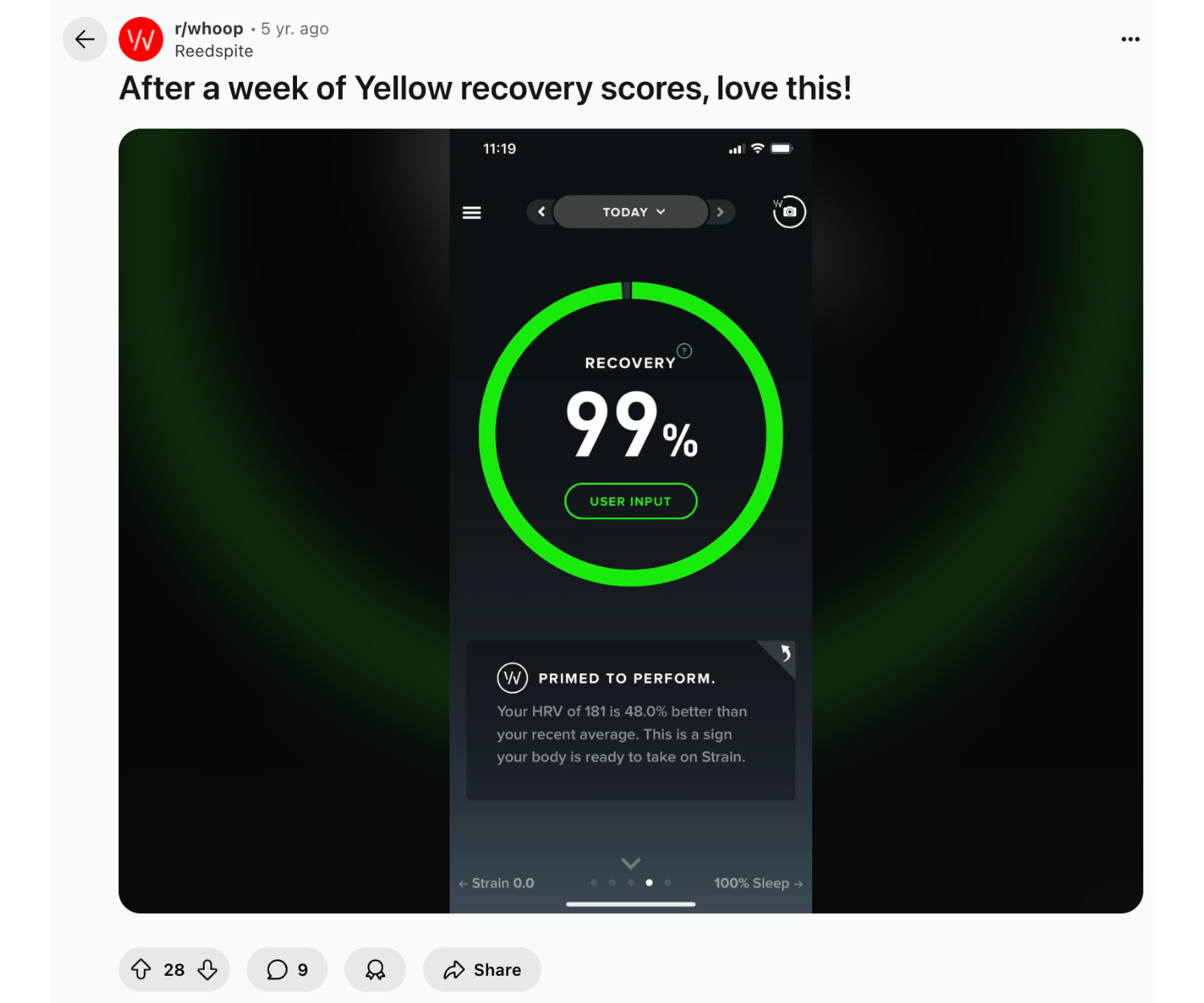
Red recovery shots were shared as well with the 1% club being a badge of honor
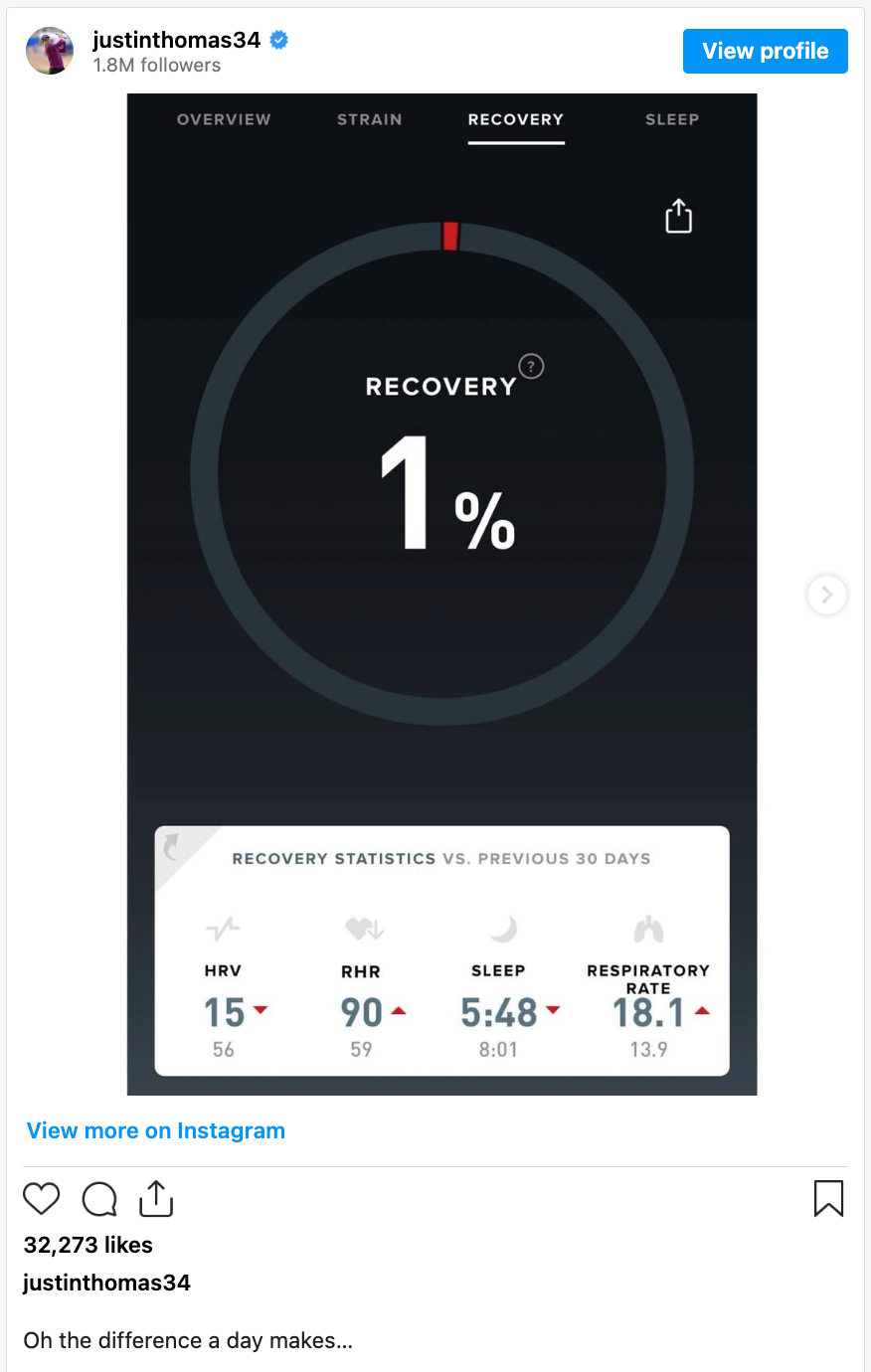
Investors > Endorsements
When future funding rounds opened, WHOOP invited its most vocal athlete users to invest, not endorse. Some of which include: Kevin Durant, Patrick Mahomes, Rory McIlroy, Eli Manning, and Justin Thomas
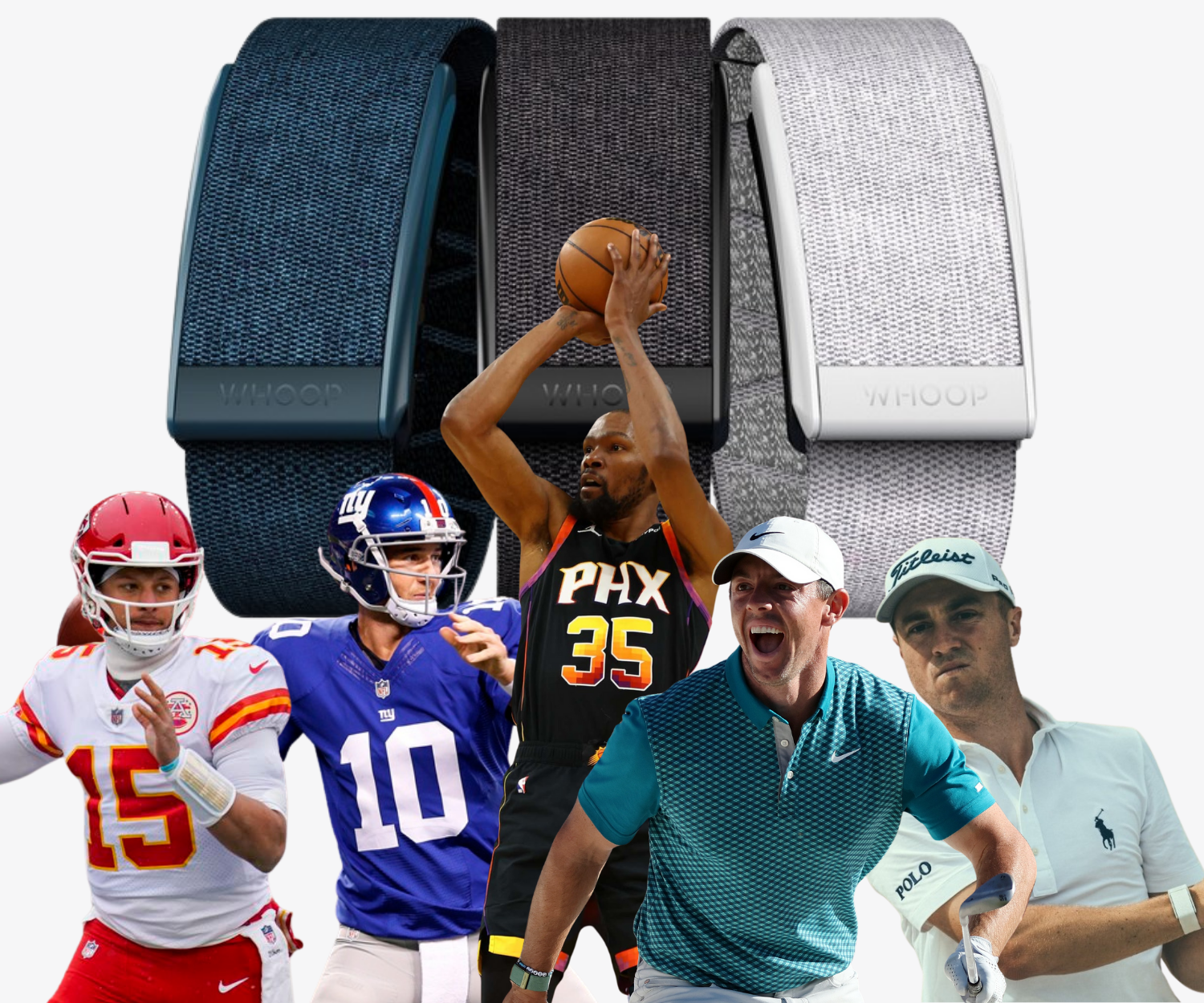
Community & Content: The Locker Room Goes Online
Along the way, WHOOP also launched...
- The Locker blog, turning anonymized studies into snackable reads.
- r/whoop and a 30 K-member Facebook group not only cultivated a data-sharing community but also flagged firmware bugs in hours, not weeks.
Having strong, vibrant communities enabled a powerful feedback loop: Users share graphs → product team patches → users rave → new buyers trust the brand.
Whoop Now: Still selling memberships + free band
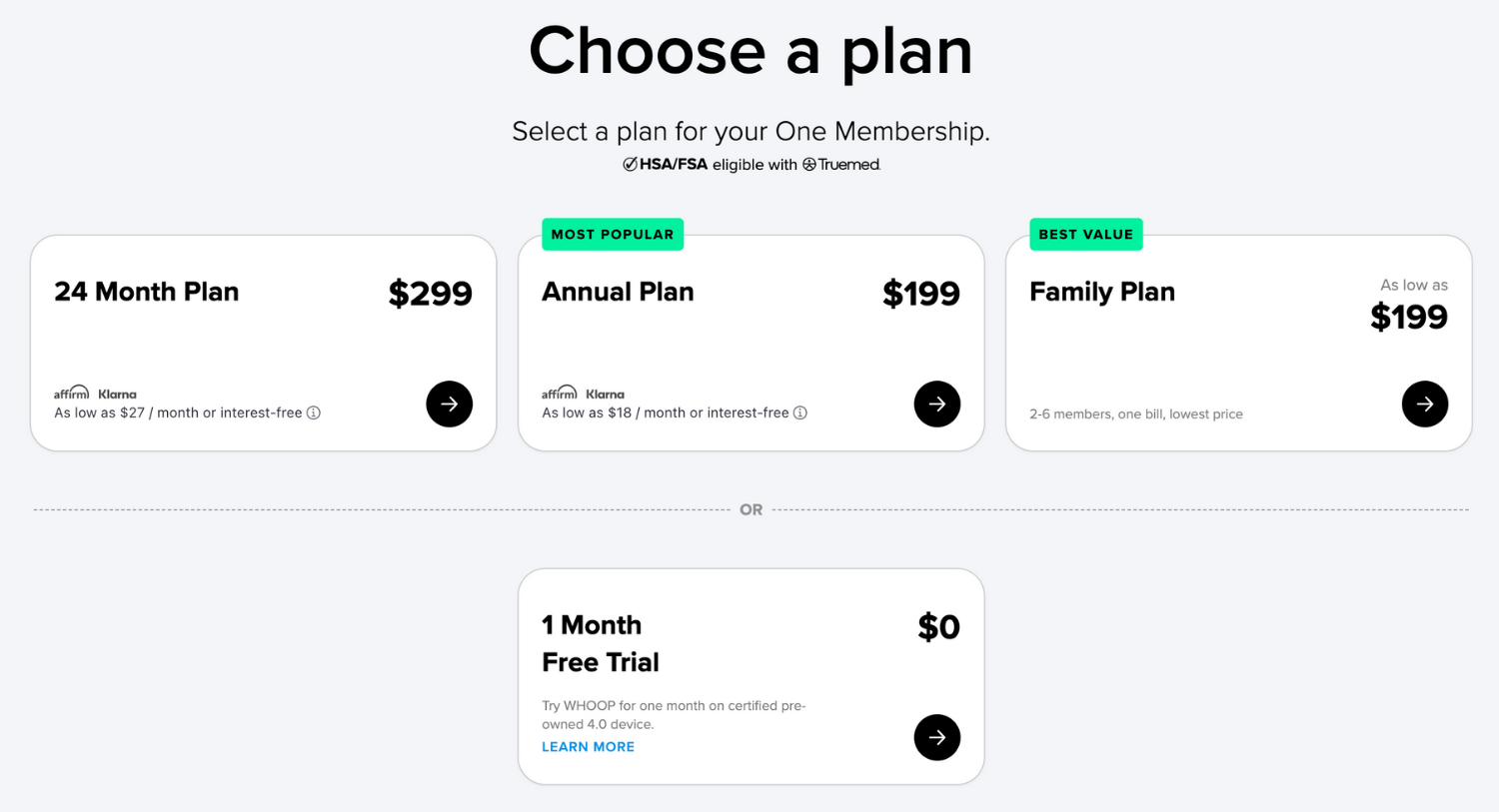
They even offer a 1 Month Free Trial which is clever because they ship you an older model (4.0 vs. 5.0) and require you to return it if you decide not to continue.
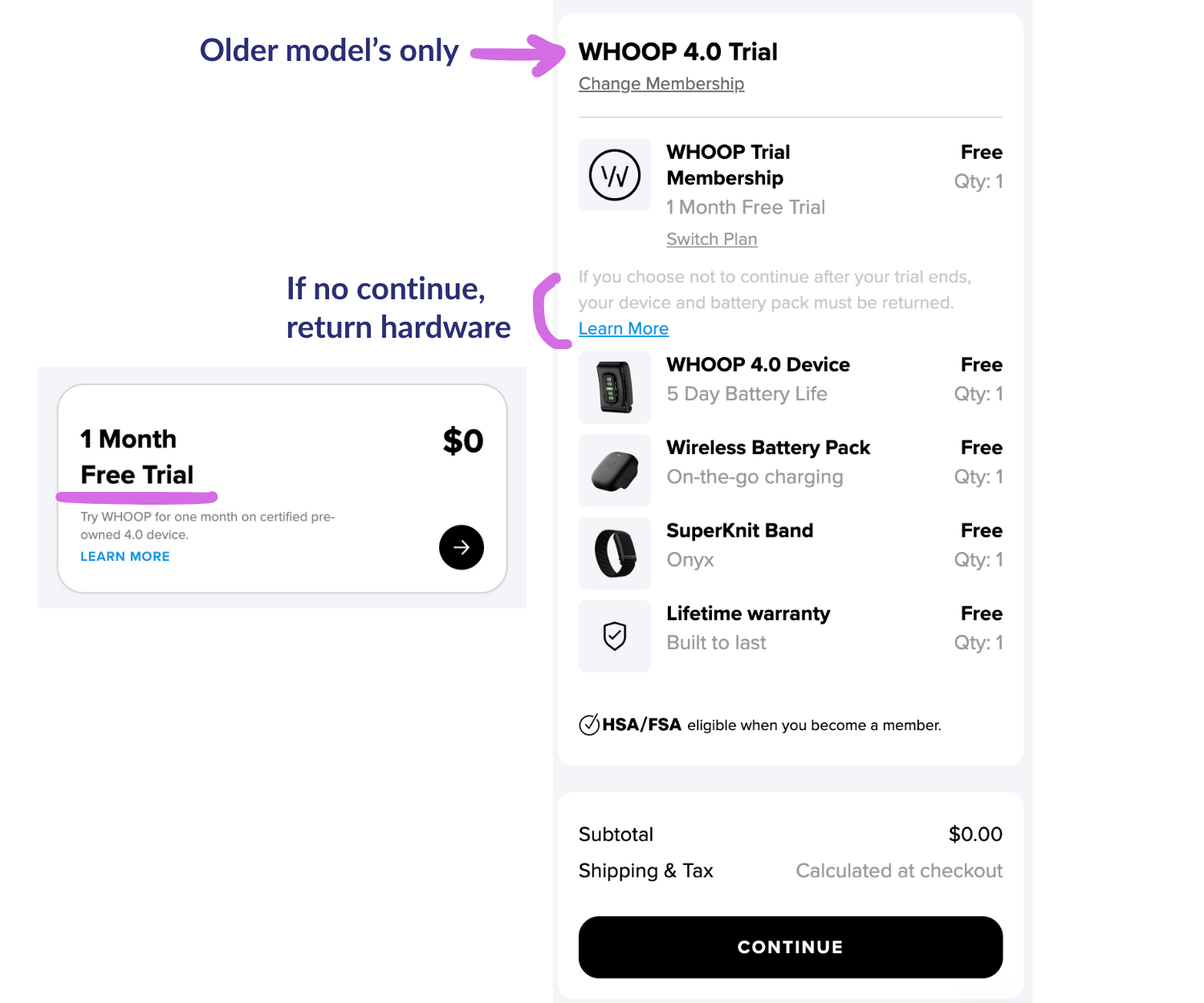
They're still using elite athletes in Meta ads
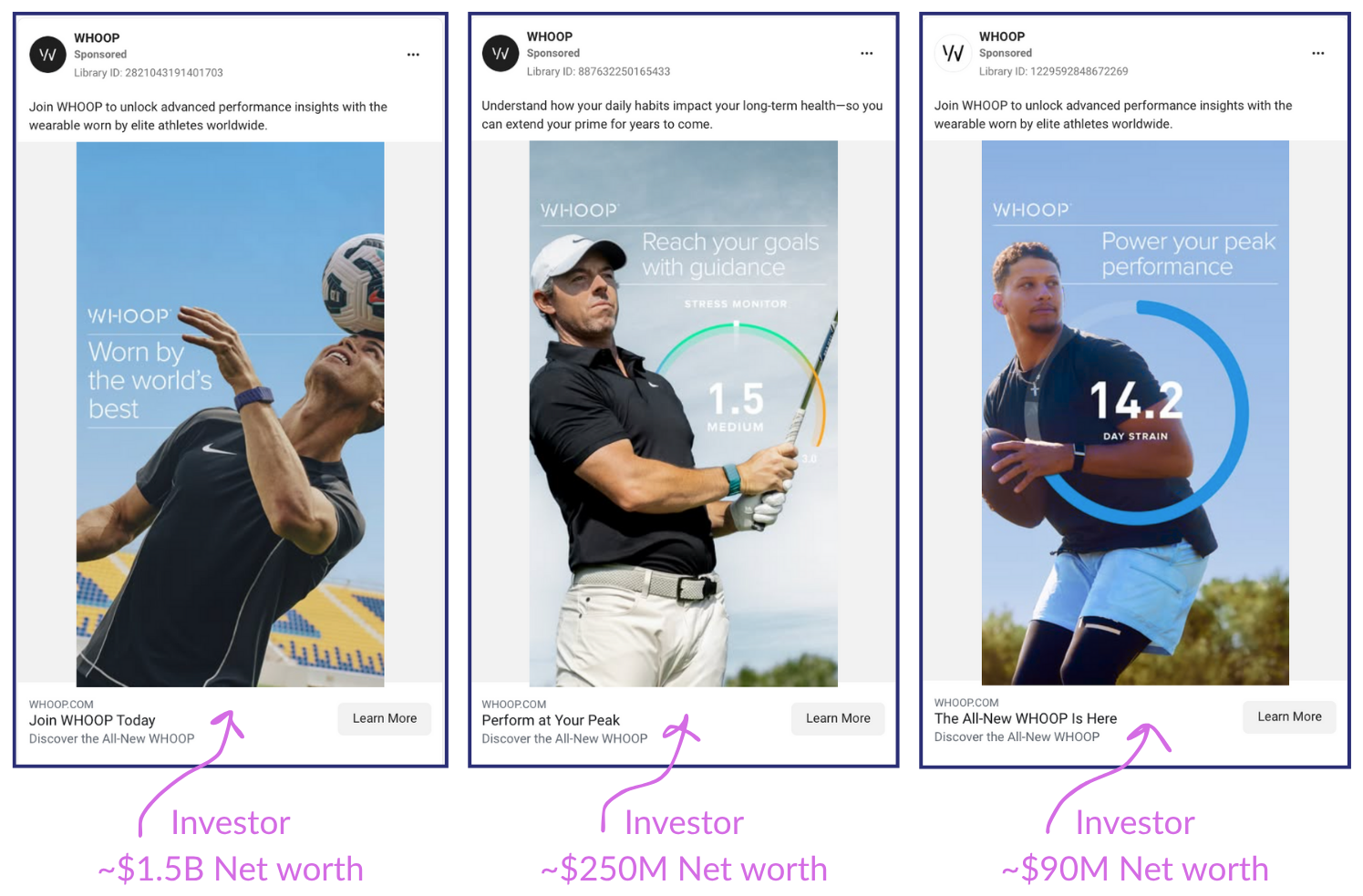
Runway issues?
A thread on r/whoop alleges that after their $200 M Series F round in August 2021, Whoop has only raised about $10 M in private debt during 2023–24. The post speculates that raising debt (rather than equity) could signal the company is lower on runway or investor appetite.
We'll see how this plays out, but let's recap...
Key Takeaways
- Solve a real problem, proven with data. (10T Rower Data)
- Nurture an early-adopter community (NCAA coaches)
- Establish credibility (Pros Athletes like Shaq)
- Make your product easy to share (Recovery screenshots)
- Make big pricing moves to unlock consumer scale (free strap + membership)
- Create a public community and respond to customers in the open. (r/whoop)
- Prioritize investors with clout and leverage them. (Pro Athlete Investors)
Over the next 2 weeks, we're continuing our growth teardown series on Health companies
✅ Week 1: Levels — turning a medical device into a cult movement
✅ Week 2: WHOOP — the growth path from niche to $3.6B valuation
☑️ Week 3: AG1 — building a whole category on the back of paid acquisition
☑️ Week 4: Parsley Health — functional medicine turned scalable care
Subscribe here so you don't miss any!
Additional Whoop Resources
- LinkedIn post / podcast from NextView Ventures—which backed Whoop early—acknowledged that the company “struggled to gain traction early on"
- https://deadspin.com/why-is-this-wearable-tech-company-helping-college-teams-1794218363
- https://research.contrary.com/company/whoop
- https://www.sportspro.com/insights/features/whoop-ceo-will-ahmed-interview-health-monitoring-techology/
- https://www.whoop.com/us/en/
Follow the Founders

